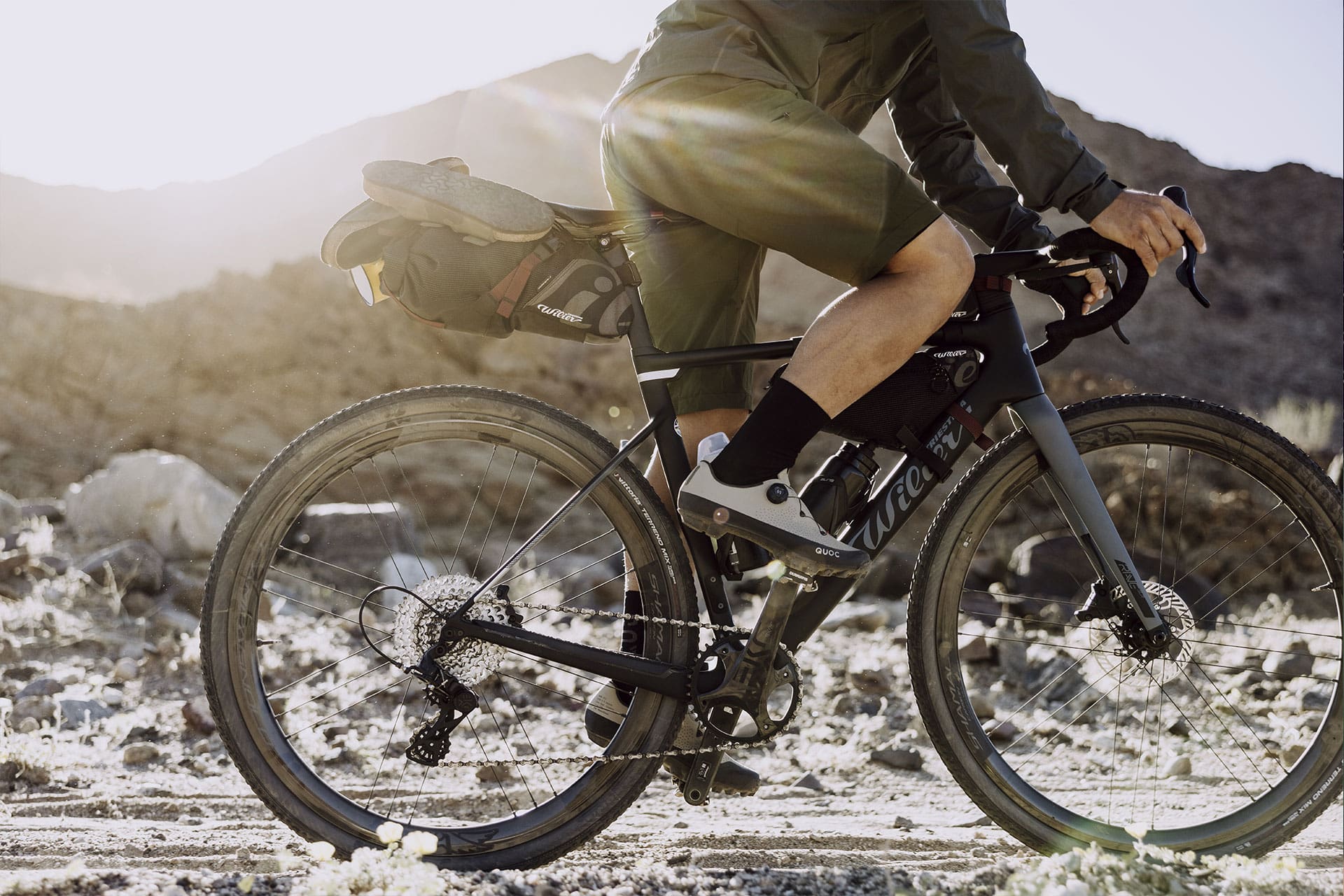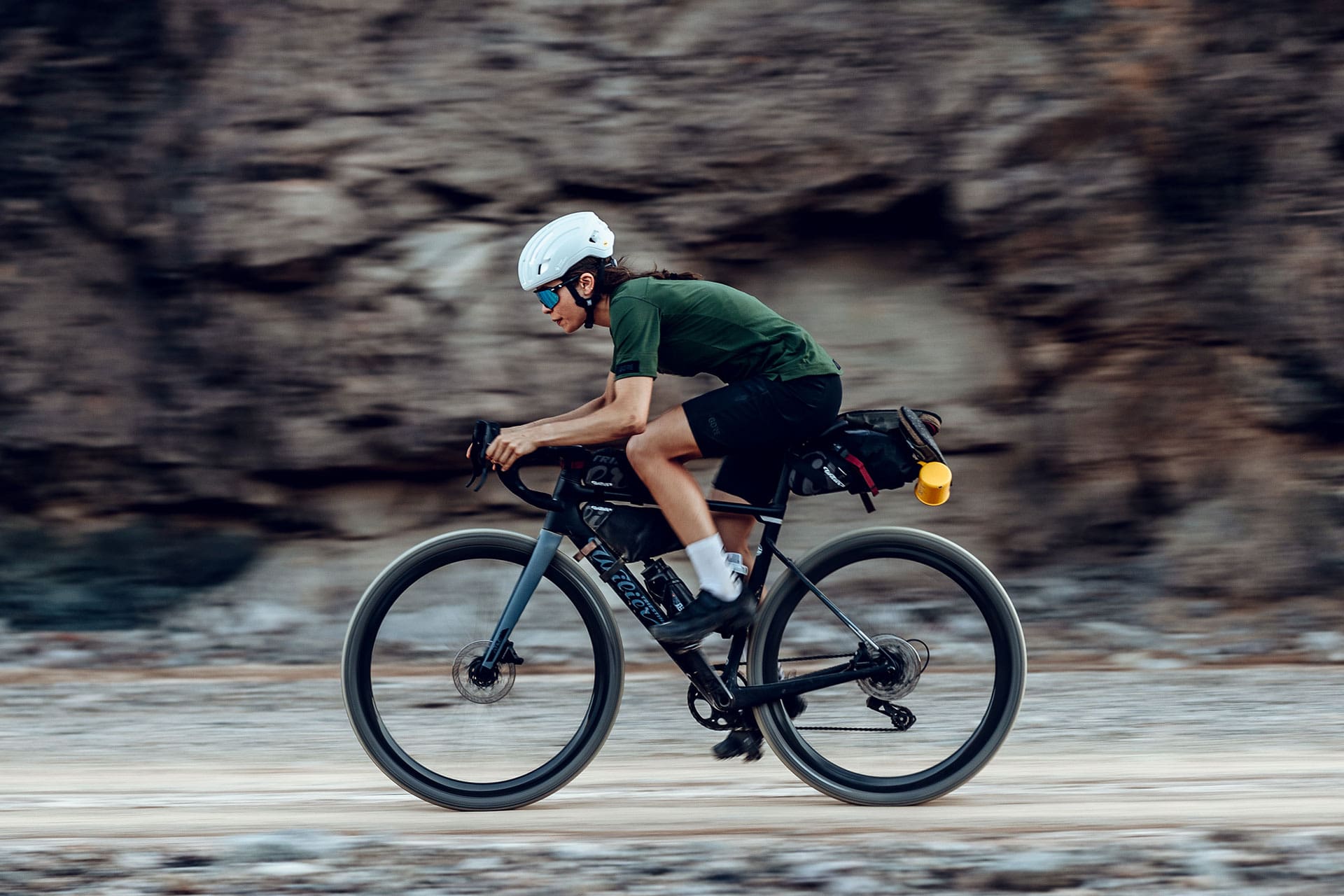- en
“Which gravel frame is right for me?" "How can I find the right size? " These are just some of the burning questions that every cyclist asks ourselves when we have to choose the size of our new bike. A delicate step that requires calm and attention. Choosing the right frame size is an operation that makes even the most experienced of cyclists burn the midnight oil at the beginning of each sporting season. And it doesn't matter if the choice falls on a gravel bike, a road bike or a mountain bike. Mistakes are often just around the corner ...

Gravel frame: 5 tips to find the right size
1) Intended use and preferences
The market offerings for gravel bikes in the last five years has increased ten fold. There are many reasons for this. We talked about it here.
However having an extensive amount of bikes to choose from isn't always a good thing. Indeed, in some cases it can generate confusion and indecision. This is why it is important first of all to identify your intended use of the gravel bike. Am I a cyclist who intends to line up at the start line of a race? or do I want to ride in total freedom without the hassle of the stopwatch and away from any competitive aggression? Or would I like to do both? Do I love spending days in the saddle, out on an adventure, possibly spending the night under the stars in total autonomy? Identifying the intended use based on your preferences is essential because it allows you to select some bicycles at the expense of others. This is a first sorting to free the field from errors and start the path towards choosing the ideal gravel frame.
2) Focus on size and not numbers
One of the most common mistakes. A frame size M of a certain brand will not necessarily correspond to a size M of another company. Often this is not the case. There may be important differences that can confuse matters possibly leading to incorrect choices especially if the biometric measurements of the cyclist (height and inner leg length) are in a "middle ground" between two sizes.
“The bike frame is like a tailor made outfit”. It is the bike that must adapt to the cyclist and not the other way around. Besides the sizes, the numbers, the angles and the data count, the geometry table must simply be a reference point. It doesn't matter if we are beginners or experienced cyclists. Let's look beyond “size M”!
3) Inadequate measuring of biomechanical data
Height and inside leg measurement is data that is used by tailors to make hand made garments and can be used by cyclists in the same way to find the ideal frame. These are simple but fundamental operations that can be performed independently.
Many companies provide a size configurator where one is able, thanks to the use of an algorithm, to guide you to the right bike for your body. However this is a mathematical operation that does not take into account the many exceptions of the body . For example, for the same height, two cyclists could have two different inner leg lengths which as a consequence could require a different saddle height and stem length.




4) Biomechanical consultancy
The best method to find the right frame size and the right riding position is to visit a qualified biomechanic. If you are serious about your riding this is an investment that should be done at least once in a lifetime and especially if we intend to resume riding after a major trauma (eg. an accident or bone fracture). The result should be a personalised and scientific evaluation of our bike set-up and riding position. An operation from which we could draw useful insights and more technical notions. Although we must not forget that, not unlike doctors, there are various schools of thought and what the biomechanic says is not set in stone and that there is always a small margin reserved for the cyclist as regards fine adjustments, based on end feelings and sensations.
5) Stack & Reach
In addition to the classic values of height, frame tube lengths and angles, over the last decade, bicycle manufacturers have begun to offer frames that take into account the relationship between Stack and Reach (Stack-to-Reach). A concept that gravel frames have taken from the mountain bike world and a concept that has influenced road bike geometry even before that.
Stack is the vertical distance between the centre of the bottom bracket and the projection line that passes through the top of the head tube.
Reach, on the other hand, is the vertical distance between the centre of the bottom bracket and the projection line, perpendicular to the ground, which passes through the centre of the head tube.
High stack and low reach typically set up a comfort-oriented bike. When the relationship between the two dimensions is reduced, the frame set-up becomes more "aggressive" and configures a bike that has a push towards competition and competition in its DNA. Thinking only about these two measurements in the selection phase allows you to greatly simplify the operations.



Related posts
Sign up to our newsletter
Fill in the form below for updates on all that's new in the Gravel world
If you no longer want to receive news from us, you can unsubscribe at any time.